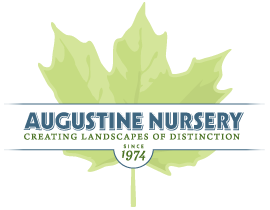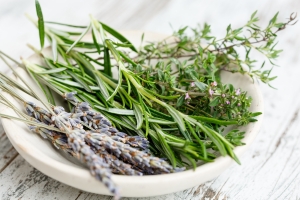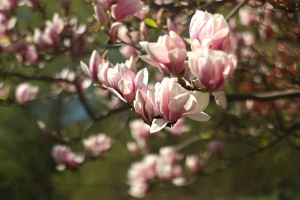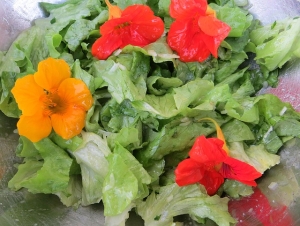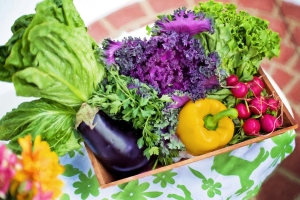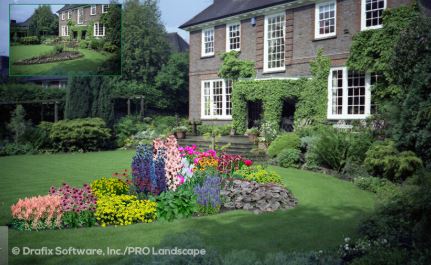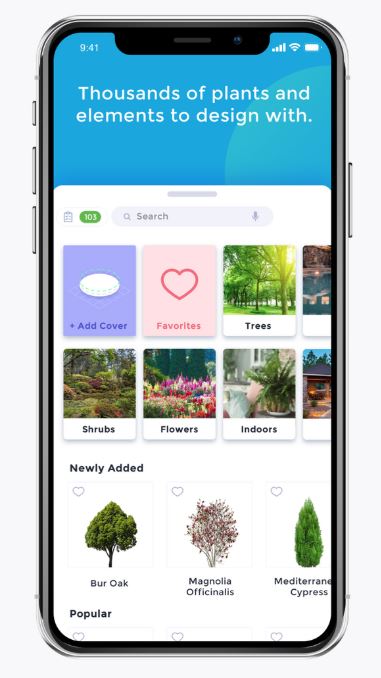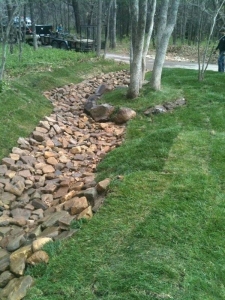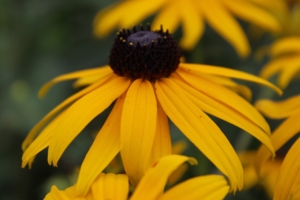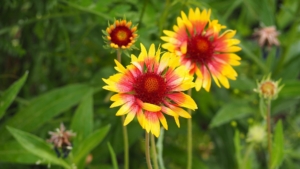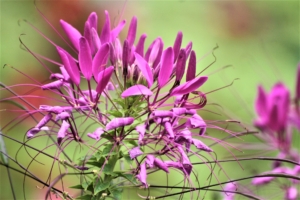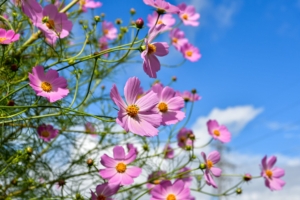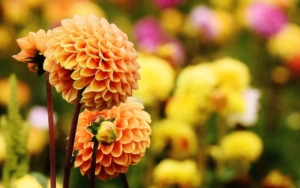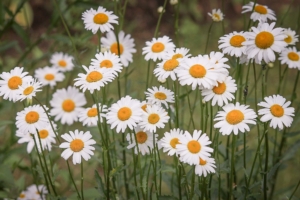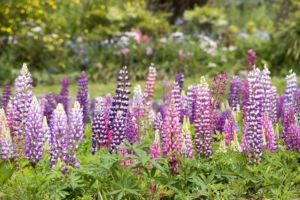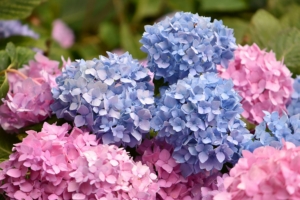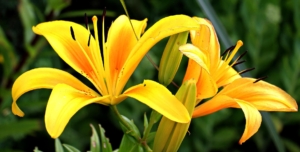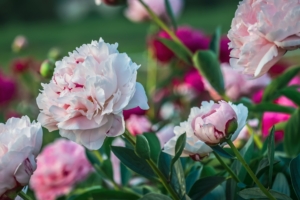What Color is Your Garden?
Color is one of the basic considerations in landscape design. Aside from using color theory to guide choices, the colors in your yard is also a creative expression that gardeners love to explore. Just like your home’s inner décor or the clothes you pick out in the morning to wear, you rely on color choices to tie your look together.
Too often, homeowners treat their gardens differently, thinking the more colors, the better. But, gardens with too much variety can look cluttered and disorganized. Sticking to a color scheme will give your garden a more balanced look.
Mood
Color has an immediate impact on the mood of your garden. Decide on the energy you want to convey. Your choices can evoke a calm feeling or can energize the environment. Feelings of tranquility and calm, keep the color palette cool and contrasts to a minimum. Blues and purples accomplish this nicely. For a vibrant, energized garden, use warm tones and higher contrasts. Try an array of reds and yellows.
Color Wheel Combos
Analagous – These are colors that are next to each other on the color wheel. These will be low contrast and will blend in with each other, creating a pleasing harmony.
Complementary – These are two colors on opposite sides of each other on the color wheel like purple and yellow or orange and blue. Complementary colors add ‘pop’ to your garden.
Complex – This is a set of analogous colors plus its complementary color. This gives you many more choices without creating a garden that looks unplanned or chaotic.
What About White?
Just because white isn’t on the color wheel doesn’t mean it can’t have a place in your garden. White is actually the absence of color and you can use it with any color scheme. It will bring accentuate the color of any color you pair it with. And, it looks beautiful in an all white garden too.
Making Choices
Start with one color – your favorite color. This can be your main color and experiment from there. And here are a few ways to add in many colors in case you can’t choose:
- Make separate but deliberate color beds on all four sides of your house.
- Use the times of the season when flowers bloom to change colors. Yellow in early spring can highlight daffodils and forsythia. As those flowers fade in May, the red peonies and roses are coming into bloom. By July and August, your garden can be a peaceful array of blue hydrangea, and blue and white daisies.
The best way to approach color in the garden is to just have fun with it and create an inviting and lovely ensemble. Our new arrivals are inspirational. And take a look at some of the residential environments Augustine has created.
- White Hydrangea
- Analogous marigolds
- Complimentary colors
- Complex colors
